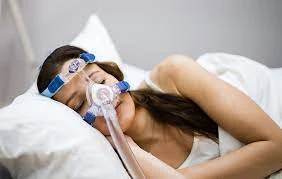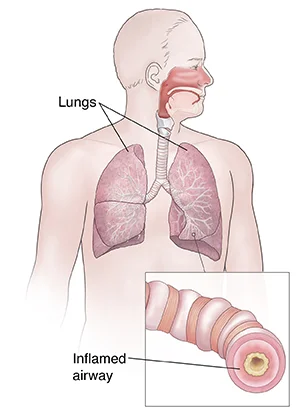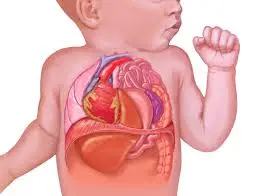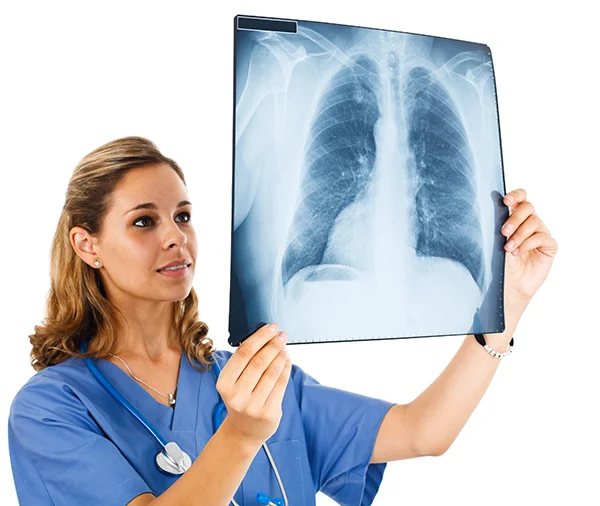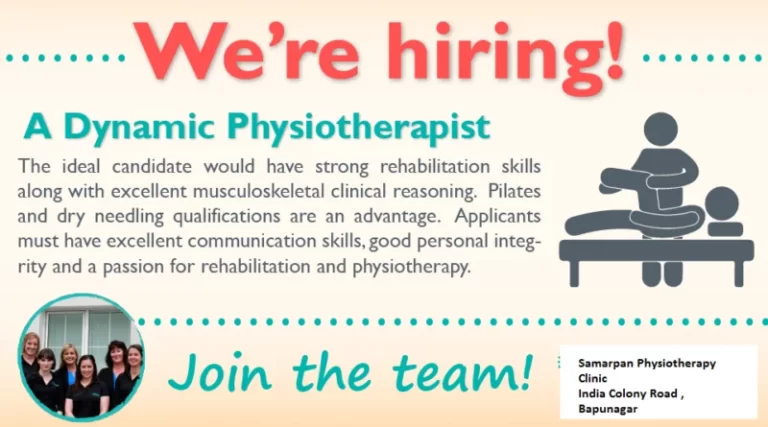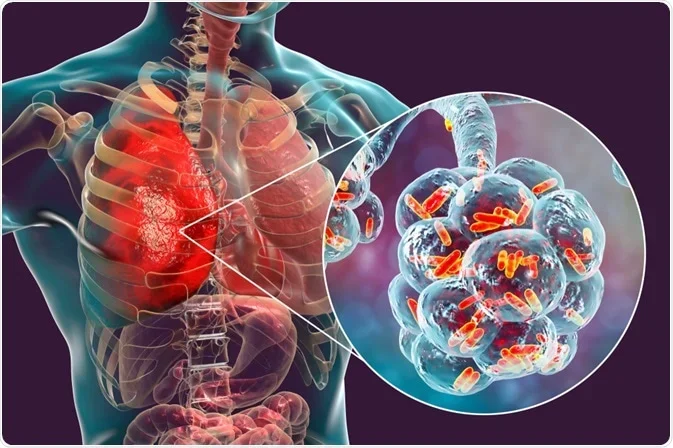The Best Sleeping Position For Sleep Apnea
Table of Contents
Introduction
The best sleeping position for sleep apnea is on your side. This is because side sleeping helps to keep the airway open and reduces the risk of the tongue and soft tissues collapsing into the airway.
Back sleeping is the worst sleeping position for sleep apnea, as it can cause the tongue and soft tissues to fall back and block the airway. Stomach sleeping can also be helpful for some people with sleep apnea, but it is important to use a pillow that keeps the neck in alignment.
What is a Sleep Apnea?
Sleep apnea, also called sleep apnoea, is a sleep disorder in which breathing pauses or periods of shallow breathing occur more commonly than normal. Each pause can last from a few seconds to a few minutes and occurs regularly throughout the night. In its most common form, this occurs after loud snoring. As breathing resumes, a choking or snorting sound may occur. Because the disorder disrupts normal sleep, those who are affected may feel drowsy or tired during the day. In children, it may cause hyperactivity or behavioral issues.
The most frequent form of sleep apnea is obstructive sleep apnea (OSA), in which breathing is obstructed by a blockage of airflow, central sleep apnea (CSA), in which regular unconscious breath simply stops, or a combination of the two.OSA is the most common type.
Sleep Apnea Causes
Obstructive sleep apnea and central sleep apnea have different causes of breathing disruptions.
Obstructive Sleep Apnea Causes
The muscles in the back of the throat relax during sleep in people with obstructive sleep apnea, reducing the space for air to pass through. Snoring develops when the airway narrows, and when the airway is obstructed, the person does not get enough oxygen. In order to restore airflow, partial or complete movements are caused by a lack of oxygen. These breathing interruptions occur frequently during sleep.
Central Sleep Apnea Causes
Central sleep apnea develops as a result of issues with how the brain communicates with the breathing muscles. A part of the brain called the brain stem fails to recognize carbon dioxide levels in the body during sleep in people with CSA. This results in repeated episodes of slower and shallower breathing than is normal.
Symptoms
The symptoms of obstructive and central sleep apneas overlap, making it difficult to differentiate between the two. The following are the most typical signs of central and obstructive sleep apneas:
- Snoring is loud.
- During sleep, I was gasping for air.
- I awake with a dry mouth.
- A headache in the morning.
- Insomnia is the difficulty of staying asleep.
- Hypersomnia is defined as excessive daytime sleepiness.
- Having problems paying attention while awake.
- Irritability.
The position during which a person sleeps can have a direct impact on comfort, pain, and sleep quality. Sleep apnea can also be affected by sleep position. Experts generally agree that side sleeping is the best position for sleep apnea and back sleeping is the worst.
Sleep position can influence both types of sleep apnea. Obstructive sleep apnea (OSA) occurs when a narrowed or blocked airway repeatedly prevents breathing during sleep. Central sleep apnea (CSA) occurs when the brain fails to send the necessary signals to the body to allow it to breathe normally.
People who sleep on their backs are more likely to develop OSA and CSA. According to some studies, sleeping on one’s back causes more severe symptoms in more than half of people with OSA.
Best sleep position for sleep apnea
Sleeping on your side
Side sleeping is more effective than back sleeping at reducing sleep apnea. According to research, sleeping on your side can significantly reduce breathing disruptions in many cases.
When you sleep on your side, the tissues in your mouth and throat are less likely to move into a position where they can block your airway. As a result, many physicians recommend side sleeping as part of an OSA treatment plan. Sleeping on your side can help reduce snoring
How to get a Side Sleep?
Although most adults prefer to sleep on their sides, there are various methods you can try to adjust your sleeping posture if this is not how you naturally sleep.
Using pillows in one or more places on your bed to prevent rolling onto your back is one technique to stay on your side. You can experiment with the pillows’ positions and sizes.
Connecting a sock to the back of a shirt while a tennis ball is inside is another way to support side sleeping. The ball may be uncomfortable enough if you roll onto your back to make you move positions without waking up. In some cases, healthcare providers may recommend positioning devices that vibrate if you begin to sleep on your back. However, research on the effectiveness of these devices is limited.
A mattress and pillow that support your body properly can help promote comfort when sleeping on your side. You might also benefit from sleeping with a pillow between your knees or a body pillow for additional support.
Sleeping on your stomach
The evidence from the few studies that are available is inconsistent when it comes to stomach sleeping and the symptoms of OSA and CSA.
Based on the results of a few small studies, stomach sleeping may help reduce the breathing pauses caused by obstructive sleep apnea. Similar to sleeping on your side, sleeping on your stomach can help keep your airway clear. However, the evidence regarding the effects of stomach sleeping on OSA is far from conclusive, given the dearth of large-scale studies.
For adults, sleeping on one’s stomach is the least desired sleeping position. You might have difficulty falling asleep in this position. Stomach sleeping may sometimes result in back pain, neck rotation, or unexpected awakenings.
CPAP and Stomach Sleeping
When you sleep on your stomach, it may be difficult to use continuous positive airway pressure (CPAP) devices, which are commonly used to treat sleep apnea. When using a CPAP machine, you must wear a face mask that delivers air under pressure to your nose or mouth, and stomach sleeping may be inconsistent with the mask.
Being on your stomach may cause the mask to press into your face, causing discomfort. The mask may also shift out of position and leak air, causing dry eyes and reducing the effectiveness of PAP therapy.
Sleeping on your back
If you have OSA, experts suggest that you avoid sleeping on your back. Gravity can cause the tongue to fall back into the mouth in this position, obstructing the flow of air through the throat. Back sleeping may aggravate snoring due to its narrowing effect on the airway.
Although the fact that CSA is caused by the brain’s inability to regulate breathing rather than a blocked airway, research shows that CSA-related breathing problems are more common when you are lying on your back. As a result, back sleeping can worsen CSA symptoms
If you have OSA or CSA and prefer to sleep on your back, sleeping with your head up at a 60-degree angle may be a good compromise. Sleeping in an elevated position reduces the amount of gravity that pulls the tongue and other tissues into positions that can block the airway. Snoring can be reduced by sleeping with your head elevated.
Use a firm mattress and a pillow between your knees. A firm mattress will support your spine and place you in the best position to reduce apneas while sleeping.
Best head position for sleep apnea
OSA is caused by a blocked airway, the best sleep apnea head position is one that keeps the airway open. The best way to rest your head depends on your overall sleeping position, but in general, it may be best to avoid sleeping face up.
If you sleep on your side, you may naturally turn to the side while sleeping. If you sleep on your back, one small study found that if you turn your head to the side while in this position, you may be able to reduce breathing disruptions caused by sleep apnea.
Your head should be in line with your neck and spine in any sleep position. When sleeping on your side, a taller pillow may be helpful to avoid neck strain and to keep your spine aligned. A rolled towel near your pillow may also provide extra height and neck support
If you sleep on your back, you should consider using a pillow or other accessory that elevates your head and upper torso while you sleep. If sleeping on your stomach, you do not require much pillow height or neck support.
Summary
Sleep apnea is a sleep disorder where breathing pauses or periods of shallow breathing occur more frequently than normal. The most common form is obstructive sleep apnea (OSA), which occurs when the airway is blocked, and central sleep apnea (CSA), where regular unconscious breath stops. Obstructive sleep apnea causes snoring due to the relaxation of throat muscles during sleep, while central sleep apnea results from issues with brain communication with breathing muscles.
Symptoms of obstructive and central sleep apnea include loud snoring, gasping for air, dry mouth, headache, insomnia, hypersomnia, difficulty paying attention, and irritability. Sleep position can also affect sleep quality and comfort. Experts generally agree that side sleeping is the best position for sleep apnea, while back sleeping is the worst.
Sleeping on your side is more effective than back sleeping in reducing sleep apnea. To get a side sleep, use pillows, connect a sock to the back of a shirt, or use vibrating devices. A mattress and pillow that support your body can help promote comfort when sleeping on your side.
Sleeping on your stomach may help reduce breathing pauses caused by OSA and CSA, but evidence regarding its effects on OSA is inconsistent. Stomach sleeping may also result in back pain, neck rotation, or unexpected awakenings.
Using continuous positive airway pressure (CPAP) devices may be difficult when sleeping on your stomach, as it may cause discomfort and leak air. If you have OSA or CSA and prefer to sleep on your back, sleeping with your head up at a 60-degree angle may be a good compromise. A firm mattress and pillow between your knees can support your spine and place you in the best position to reduce apneas while sleeping.
In summary, sleep apnea is a sleep disorder where breathing pauses or periods of shallow breathing occur more frequently than normal.
FAQs
You are sleeping on your side. Side sleeping is more effective than back sleeping at reducing sleep apnea. According to research, sleeping on your side can significantly reduce breathing disruptions in many cases. View the Source from both the OSA and the CSA.
When you sleep on your back (supine position), sleep apnea is more severe. The tongue falls back and blocks the airway, lengthening and increasing the number of apneas while sleeping.
Positional therapy is an intervention that helps people sleep on their sides. Something on the person’s back to keep them from rolling over (such as a tennis ball), special pillows, or alarms that vibrate when the person rolls onto his or her back are examples.
If you have sleep apnea, a loss of some or all of your cervical spine’s natural curvature may be contributing to the severity of your condition. Many people suffer from neck pain as a result of long hours spent hunched over a keyboard or device or as a result of a previous injury.
Raise your head. Elevate the head of your bed by four to six inches, or use a foam wedge or special cervical pillow to elevate your body from the waist up. Use a nasal dilator, saline spray, breathing strips, or a nasal irrigation system (neti pot) at night to open your nasal passages. Stop smoking.
References
- Sleep apnea. (2023, September 7). Wikipedia. https://en.wikipedia.org/wiki/Sleep_apnea
- Suni, E., & Suni, E. (2023, September 28). Sleep Apnea. Sleep Foundation. https://www.sleepfoundation.org/sleep-apnea
- Sleep apnea – Symptoms and causes – Mayo Clinic. (2023, April 6). Mayo Clinic. https://www.mayoclinic.org/diseases-conditions/sleep-apnea/symptoms-causes/syc-20377631#:~:text=Sleep%20apnea%20is%20a%20potentially,you%20might%20have%20sleep%20apnea.
- D. (2020, November 12). The Best Sleeping Positions for Sleep Apnea Sufferers. Florida Dental Sleep Disorders. https://bocaratondentalsleepmedicine.com/blog/2020/11/best-sleeping-positions-for-sleep-apnea/
- Pacheco, D., & Pacheco, D. (2023, April 24). Best Sleeping Position for Sleep Apnea. Sleep Foundation. https://www.sleepfoundation.org/sleeping-positions/best-sleeping-position-for-sleep-apnea
- Smith, M. (2023, October 11). Sleep Apnea: Symptoms, Causes, and Treatments. HelpGuide.org. https://www.helpguide.org/articles/sleep/sleep-apnea.htm#:~:text=Prop%20your%20head%20up.,Quit%20smoking.

